Address
No.88, Qilian Street, High-Tech Zone, Shijiazhuang, Hebei 050000, China
Tel
+86 311 6779 0805
+86 188 4915 5666
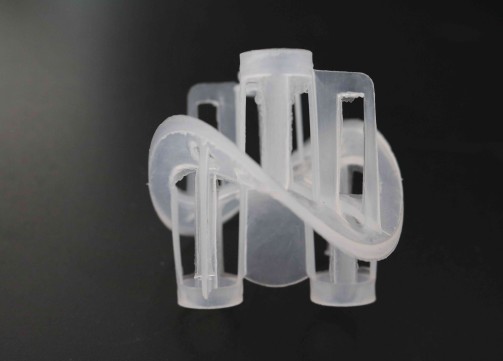
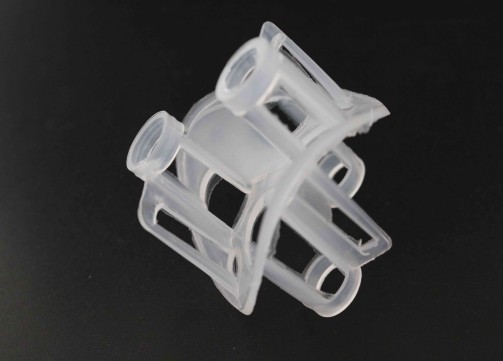
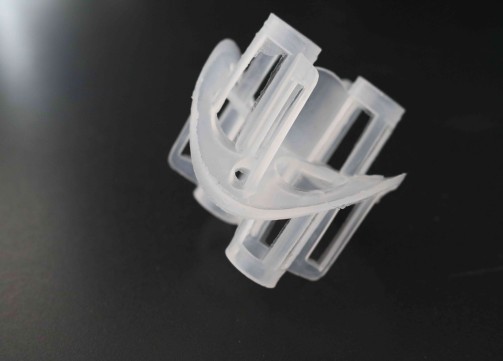
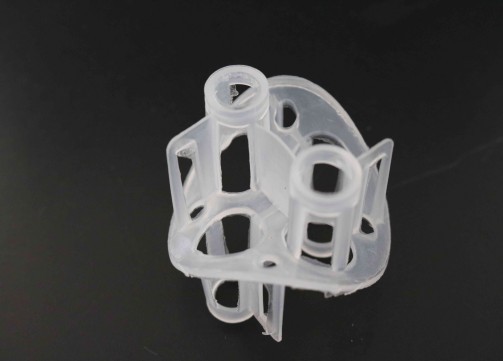
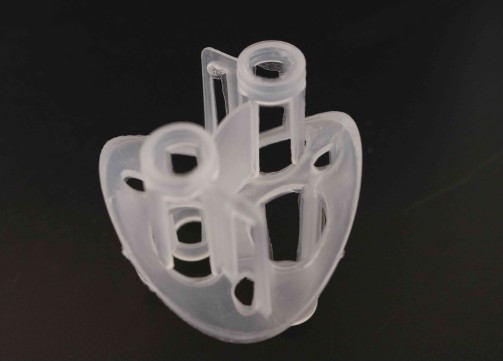
### **Heilex Ring Packing: Overview**
**Heilex Ring Packing** is a high-efficiency random packing widely used in gas-liquid contact processes such as absorption, distillation, and scrubbing. Developed as an advanced variant of traditional Raschig rings, it combines a unique "crown-shaped" design with optimized material properties to enhance mass transfer efficiency while reducing operational costs.

### **Structural Features**
1. **Crown-Shaped Geometry**:
- The ring features a **saddle-shaped main body** with a **conical perforated cylinder** design. This structure maximizes the gas-liquid contact area by incorporating porous or corrugated surfaces, promoting turbulence and uniform distribution of phases.
- **Internal ribs** or reinforced struts improve mechanical strength and prevent deformation under high-pressure conditions.
2. **Material Diversity**:
- **Plastic**: Polypropylene (PP), reinforced PP (RPP), or chlorinated polyvinyl chloride (CPVC) for corrosion resistance in acidic/alkaline environments (e.g., H₂SO₄ scrubbing).
- **Metal**: Stainless steel or titanium for high-temperature (up to 300°C) and high-pressure applications.
- **Ceramic**: Used in extreme thermal conditions (up to 1000°C).
3. **Optimized Porosity**:
- Porosity ranges from **85% to 97%**, balancing gas-liquid flow resistance and contact efficiency. This design minimizes liquid maldistribution and gas channeling.
### **Classification**
Heilex Ring Packing is categorized based on:
1. **Material Type**:
- **PP Heilex Ring**: Most common, cost-effective, and resistant to acids/alkalis (e.g., wastewater treatment, gas scrubbing).
- **Metal Heilex Ring**: Ideal for petrochemical distillation and high-temperature reactors.
- **Ceramic Heilex Ring**: Used in sulfuric acid plants or coal gas dehydration systems.
2. **Size**:
- Standard diameters: **25 mm, 50 mm, 76 mm, 100 mm**, and 145 mm. Smaller sizes enhance precision, while larger sizes suit high-capacity systems.
3. **Design Variants**:
- **Standard Hai'er Rings**: Smooth surfaces for general use.
- **Textured Hai'er Rings**: Ribbed or grooved surfaces to enhance turbulence and liquid redistribution.
### **Key Advantages**
1. **High Mass Transfer Efficiency**:
- The crown-shaped design increases surface area by **20–30%** compared to Raschig rings, achieving **3–5 theoretical plates per meter** in distillation columns.
2. **Low Pressure Drop**:
- Open structure reduces flow resistance by **15–30%**, lowering energy consumption in large-scale systems.
3. **Corrosion and Temperature Resistance**:
- PP variants withstand acids (HCl, SO₂), alkalis, and temperatures up to **120°C**; ceramic variants tolerate **1000°C**.
4. **Anti-Clogging and Self-Cleaning**:
- Smooth surfaces and optimized porosity prevent particle accumulation, reducing maintenance frequency.
5. **Mechanical Durability**:
- Resists deformation under high-pressure gas-liquid flows, ensuring long-term stability.
6. **Uniform Phase Distribution**:
- Minimizes wall flow effects and nesting between rings, ensuring even gas-liquid contact.